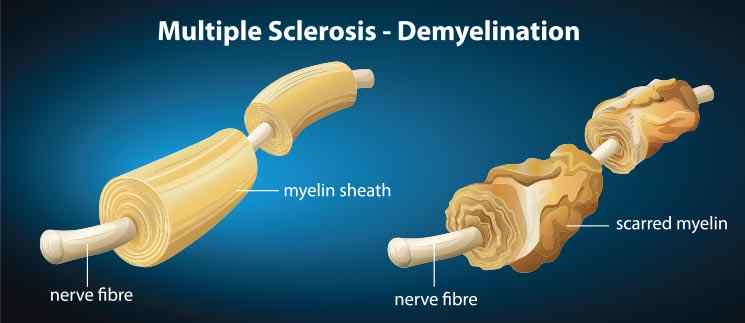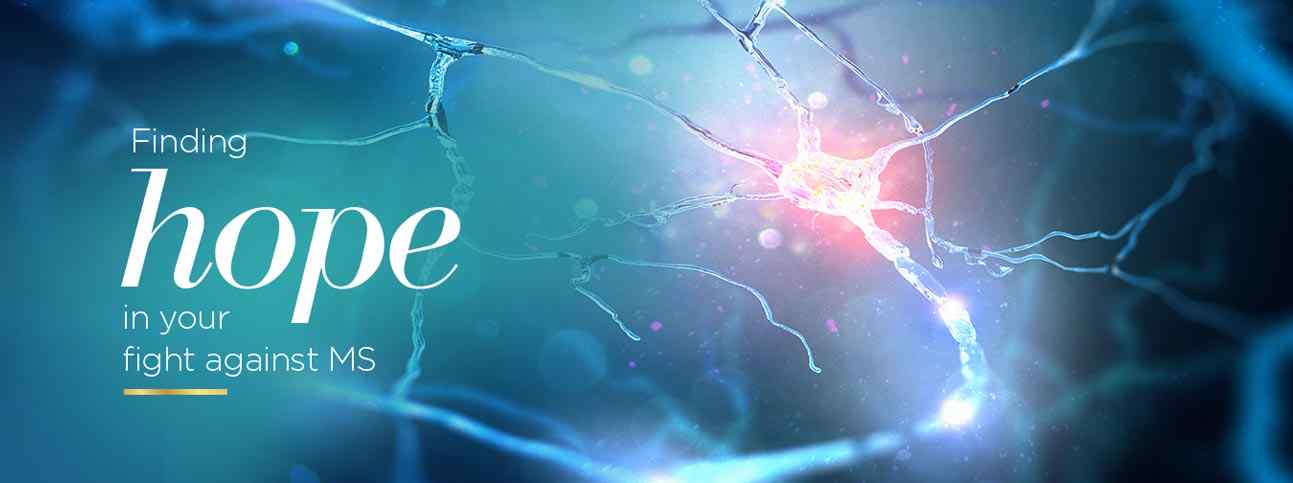Multiple Sclerosis: The Signs, Risks, and a Look at Low-Dose Naltrexone Treatment

— Patient Anonymous on Living with MS
Multiple sclerosis (MS) affects an estimated one million people in the United States, which is double the number of cases once estimated. As many as 200 new patients every week are diagnosed with this debilitating neurological disease. Yet, there is still so much to learn.
Unfortunately, the above experience is not uncommon when living with MS. Some studies suggest that 20 percent of people are misdiagnosed initially. Some people don't get a proper MS diagnosis until they are years into the disease with symptoms so progressed that their quality of life is detrimentally affected.
Even with a proper diagnosis, MS is notoriously difficult to treat. What works for one patient may do nothing for another, and for a condition that has no cure, this kind of situation can feel pretty bleak.
With the estimated and known cases of MS so obviously on the rise, thankfully, more focus and research is being geared toward the disease and multiple sclerosis treatment. Let's take a closer look at MS, who is at risk, and some of the latest promising treatment options like low-dose naltrexone.
Multiple sclerosis is considered to be the most common neurological disease in both Europe and North America. MS causes the immune system to attack the central nervous system, which is made up of the brain and spinal cord. The attack on the protective layer of nerve fibers, referred to as myelin tissue, causes systematic disruptions in nerve signals between the brain and body.

Three types of MS actually exist, including:
-
Relapsing-Remitting MS (RRMS) - Accounts for 85% of initial diagnoses; involves clear increases of symptoms and periods of apparent remission
-
Secondary Progressive MS (SPMS) - May involve brief periods of relapse and stability; 50% of people with RPMS transition to SPMS
-
Primary Progressive MS (PPMS) - Involves steady disease progression; accounts for 15% of diagnoses
Is MS an autoimmune disease?
MS is considered an autoimmune disease because the condition is related to a malfunction of the immune system. Every autoimmune disease has its own damaging traits. With MS, the immune system attacks myelin in the spinal cord and brain.
Is MS hereditary?
MS is not considered to be a hereditary condition because you don't necessarily "inherit" the disease from parents or ancestors. And, MS isn't always passed through generations in any predictable manner. For example, if you have two identical twins with identical genes, one may have MS and the other may not. However, people who have a parent, sibling, or child with MS may be more likely to be diagnosed themselves. Why? Geography and race tend to be the same within a family, and, having certain genes (science has recognized 100 MS-related genes) can mean you are more at risk.
The risk factors for MD are just as unique as the disease itself. For one, researchers have concluded that geographic location has some bearing on the risk of developing MS. More specifically, people who live in temperate climates may be more at risk. MS is more prevalent in the US in people who live north of the Mason-Dixon Line but may be deterred if you live in the southern half of the US until around the age of 12. MS is also more common for people living in Canada, New Zealand, Europe, and southeastern Australia.
Other risk factors for MS include:
-
Age: MS is most often diagnosed between 20 and 40
-
Gender: Females are three times as likely to have MS
-
Race: Caucasians of Northern European descent have the highest risk; Asian, African, and Native descents have the lowest
-
Family History: People with a parent or sibling with MS have greater risks
-
Smokers: 45 to 52% of people with MS are either past or current smokers
-
Vitamin D Deficiency: Low vitamin D and low sunlight exposure heighten your risks
-
Other Autoimmune Diseases: Thyroid disease, psoriasis, and type 1 diabetes, for example, could heighten risks for MS
-
Infection: Some viral infections have a link to MS, such as Epstein-Barr
The nature of MS and what it causes in your body can mean signs and symptoms are a bit all over the place and unique to the individual. A few of the earliest signs of MS can include:
-
Blurred or double vision or vision loss
-
General fatigue of weakness
-
Difficulty concentrating
-
Bladder problems
-
Unexplained pains and spasms, tingling, or numbness in the limbs
-
Sexual issues, such as lack of arousal
-
Problems with balance, coordination, or achieving a steady gait
-
Dizziness or vertigo
-
Shock-like sensations with neck movement
It is important to note also, early signs of MS may not be consistent. You may have issues with a certain symptom for a while, but then that symptom may seem to improve. New symptoms may emerge later or the same symptoms can return and seem worse. These variances can make MS extremely hard to diagnose.
Other Signs of MS
As MS progresses, new signs and symptoms can arise. Some other complications and signs of MS include:
-
Memory problems
-
Bowel issues
-
Slurred speech
-
Depression
-
Epilepsy
-
Paralysis, usually affecting the legs
-
Muscle stiffness or immobility
Even though MS does not have a known cure, symptom management can make living with MS more bearable. Most treatments available are geared toward symptom management, deterring symptom relapses, and slowing the progression of MS.
Since MS is related to immune system malfunctions, medications that modulate immune system response or act as anti-inflammatories are a common treatment. A few disease-modifying medications that may be prescribed to slow the progression of MS include:
-
Interferon beta-1a or beta-1b (Avonex, Plegridy, Betaseron, Extavia)
-
Fingolimod (Gilenya)
-
Alemtuzumab (Lemtrada)
-
Natalizumab (Tysabri)
-
Teriflunomide (Aubagio)
Usually, doctors will also offer certain medications to control specific symptoms of sets of symptoms of MS. For example, you may be given something for pain, something to relax your muscles, and something to help with bladder problems.
Naltrexone has actually been in use since 1984 for the management of opioid or alcohol dependence. While the medication has been FDA-approved for that purpose, naltrexone has also shown promise as an off-label treatment option for MS. Low-dose naltrexone (LDN) has a relatively minimal side effect profile, and is considered to be a low-risk option in comparison to some other drugs commonly used for MS management.
How does low-dose naltrexone work for MS?
Individuals with MS can have a high presence of inflammatory markers in their body, but may also have low endorphin levels as well. Naltrexone works by transiently blocking opioid receptors, which in turn can elevate endogenous endorphin levels. This change can further negate inflammatory markers in the body.
The Research Behind Low-Dose Naltrexone
The preliminary research behind the effectiveness of low-dose naltrexone is promising. In animal studies, LDN has been shown to reduce demyelination activity and damage to the nerves associated with MS. In one trial, LDN seemed to improve spasticity in the muscles, which is a common complaint with MS. Another study found that just 8 weeks of LDN therapy improved mental quality of life for patients with MS.
Even though formal studies are in their earliest stages, several patient testimonials have been positive for this alternative multiple sclerosis treatment. Some patients have reported:
-
Improvement in fatigue levels
-
Stabilized neurological symptoms
-
Reduced or eliminated MS symptoms
-
Progressive symptoms no longer progressing
-
Improved quality of life
We're Here to Help You Find the Best Medicinal Treatment Options for MS
Life with MS may pose challenges that others simply don't have to face. But you're definitely not in this alone—we take pride in offering our insight to patients who need us. If you have been diagnosed with MS, want insight into the medicinal solutions available, or want to know more about low-dose naltrexone, Harbor Compounding Pharmacy is here to help.
Simply give us a call to speak with a pharmacist or request a referral to a doctor who specializes in low-dose naltrexone treatment. We provide services to patients in numerous locations, including in California, Las Vegas, Indiana, Missouri, Pennsylvania, Washington, and New York.



